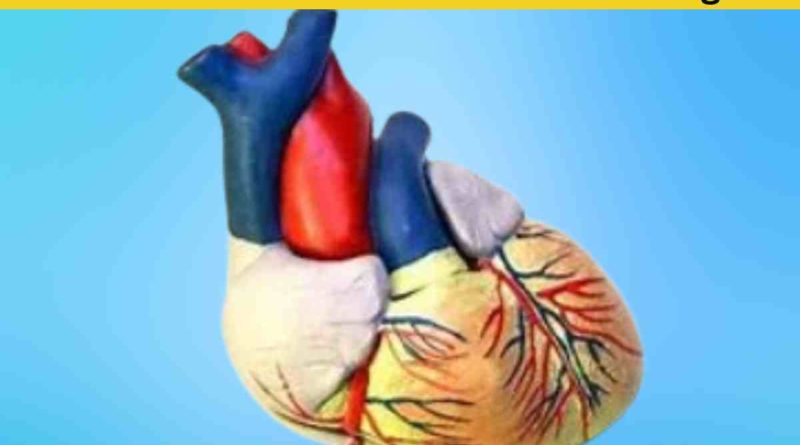The Problem of Blood Vessels Dilating in Compensation for Trauma: A Brief Overview
The Problem of Blood Vessels Dilating in Compensation for Trauma: A Brief Overview
Introduction
The human body is a marvel of complexity, with various systems working in harmony to maintain equilibrium. One critical aspect of this balance is the regulation of blood flow through the blood vessels. However, when trauma or injury occurs, the body’s response can lead to blood vessels dilating as a compensatory mechanism. In this brief overview, we will explore the problem of blood vessels dilating in compensation for trauma, the potential consequences, and the importance of understanding this physiological response.
Understanding Blood Vessel Dilation
The Role of Blood Vessels 💧
Blood vessels, including arteries, veins, and capillaries, form an extensive network that transports blood throughout the body. Their primary functions include delivering oxygen and nutrients to tissues and removing waste products.
Also, Read Is Avery Cyrus Related to Billy Ray Cyrus? The Truth Behind the TikTok Star’s Last Name
Regulating Blood Flow ⚙️
The body tightly regulates blood flow to meet the varying demands of different tissues and organs. This regulation involves the dilation and constriction of blood vessels in response to specific signals.
Blood Vessel Dilation as a Compensatory Mechanism
A Response to Trauma 🩹
In the event of trauma, such as an injury or inflammation, blood vessels can dilate as part of the body’s compensatory mechanism. The dilation serves to increase blood flow to the affected area, bringing essential nutrients and immune cells to aid in the healing process.
The Role of Nitric Oxide 🌬️
Nitric oxide (NO) is a vital signaling molecule that plays a key role in blood vessel dilation. When tissues experience trauma or injury, the production of NO increases, leading to the relaxation of smooth muscles in blood vessel walls and subsequent dilation.
Potential Consequences of Blood Vessel Dilation
Increased Permeability 🚧
While blood vessel dilation is crucial for delivering healing resources, it can also lead to increased vessel permeability. This heightened (
Follow Us On NewUsaNews Facebook Page) permeability allows fluid and white blood cells to leak into the surrounding tissues, resulting in swelling and potential inflammation.
Hypotension 📉
In some cases, extensive blood vessel dilation can lead to a drop in blood pressure, known as hypotension. This decrease in blood pressure may result in inadequate blood flow to vital organs and tissues, leading to further complications.
Impaired Blood Clotting 🩸
Blood vessel dilation can also interfere with the body’s ability to form blood clots effectively. While proper clotting is essential to prevent excessive bleeding, excessive dilation may disrupt the clotting process and prolong bleeding.
The Importance of Understanding the Response
Informed Medical Interventions 🏥
Understanding the body’s compensatory response of blood vessel dilation is crucial for healthcare professionals when addressing trauma and injuries. This knowledge allows for informed medical interventions to mitigate potential complications.
Potential Therapeutic Targets 💡
Insights into blood vessel dilation can also open avenues for therapeutic targets. Researchers may explore ways to modulate NO production or target specific molecules involved in the dilation process to manage its effects more effectively.
Conclusion
In conclusion, blood vessel dilation as a compensatory mechanism in response to trauma plays a crucial role in the body’s healing process. While it allows for increased blood flow to injured areas, it can also lead to potential consequences, such as increased permeability, hypotension, and impaired blood clotting.
Understanding this physiological response is vital for medical professionals to provide appropriate care and interventions to patients experiencing trauma or injury. Furthermore, this knowledge may pave the way for potential therapeutic targets to manage the effects of blood vessel dilation more effectively.
As we continue to explore the intricacies of the human body, the problem of blood vessel dilation highlights the delicate balance maintained within us and underscores the importance of ongoing research and medical advancements.
